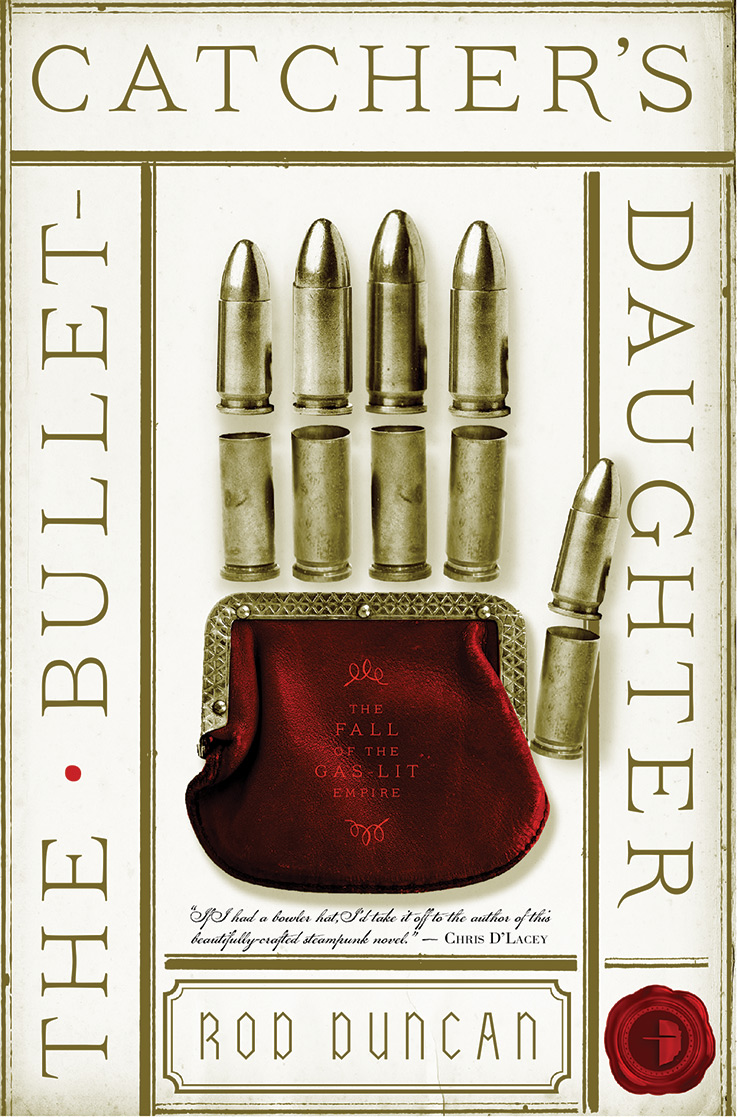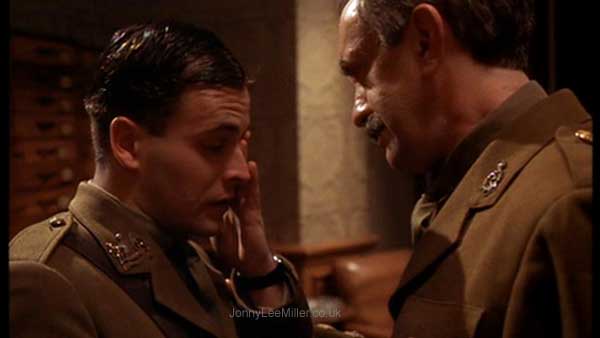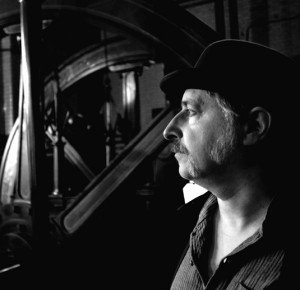Beyond questions like 'how did we do it?' or 'why did we do it?' (for we are suddenly 'we', that ingenious restless species again) is the matter of how did someone even imagine this as a possibility?It took a quarter-of-a-century and a generation of scientific organisation and some cutting-edge technology but it started as a wild ridiculous laugh-of-an-idea in somebody's brain. I was addressing this very theme, as it happened, with Leicester Astronomical Society, in a talk/ performance on The Men Who Raced to Space on Tuesday. Quoting from my forthcoming book, I argued: 'Imagination was our first rocket; long before hydrazine or aluminium were invented, it lifted us into orbit.'
I went on to observe how science-fiction seems to have been the nursery of rocket science, especially the stories of Jules Verne and HG Wells. Twentieth-century pioneers like the Russian Tsiolkovsky sketched out basic tenets of this new science in articles that directly responded to Verne's novel From the Earth to the Moon. The Transylvanian Hermann Oberth practically memorised Verne's novels as a child and the American Robert H Goddard corresponded with HG Wells, his childhood inspiration. The same was true for the rocket engineers who came after, Sergei Korolev and Werner von Braun. My Ignition poems explored how they fixed their gaze on the moon as children reading bedtime stories.
The Space Race adventure of the last century turned out to be a tale as chilling as it is thrilling. In the Thirties, it matures into the amateur rocket clubs Korolev and von Braun joined. Like Big Bang Theory Geeks, they lapped up sci-fi movies and played with fire, setting off their stick-like rockets on wastegrounds with petrol-soaked rags. But then the Story Arc swerves into the murk of gulags and concentration camps, even as the revolutionary V2 rocket brushes the edge of space. And in the fifties and Sixties, the space race seems to be a sub-plot entwined in the more lethal Cold War narrative. The science never quite breaks free in this period of superpower vanity and posturing, some of it as deadly as the Cuban Missile Crisis - which literally displaced a Soviet Martian probe launch at Baikonur to get nuclear missiles battle-ready.
I must say the astronomers of Leicester, gathered in the Eggleston Suite of our National Space Centre, proved to be the ideal audience. Together we mulled over von Braun's meteoric rise (more Teflon coating than a Tory backbench), lamented Gagarin's early demise, gasped at Vostok 1, shuddered at the Nedelin disaster, hurtled through seven decades of the Space Race and shared some superior biscuits. Their organiser, Ann Bonell, was kind enough to post the following review of my event:
'Superb
presentation by Siobhan at Tuesday's meeting of the Leicester
Astronomical Society. Wonderful mix of science and
poetry. Very thoroughly researched material on the
history of the space race combined with poems that really spark the
imagination.'
Once again, here is that symbiosis of art and science. The Astronomical Society's Facebook page is relaying hop-by-jump accounts of the unfolding drama of the Philae comet lander. Like-wise the European Space Agency itself. And hats off to the ESA. Not only have they funded and marshalled an array of scientists to build the machine and track it for 10 years - not only do they manage to control its functions from this mindblowing distance - but they find a way to communicate the mystery and thrill of all this to a complete layperson like myself. And in those extraordinary photographs and in their cogent interpretation of grainy images, I find a buried poetry that just needs the scalpel of a writer's pen to tease it loose ...








.jpg)


.jpg)














.JPG)












